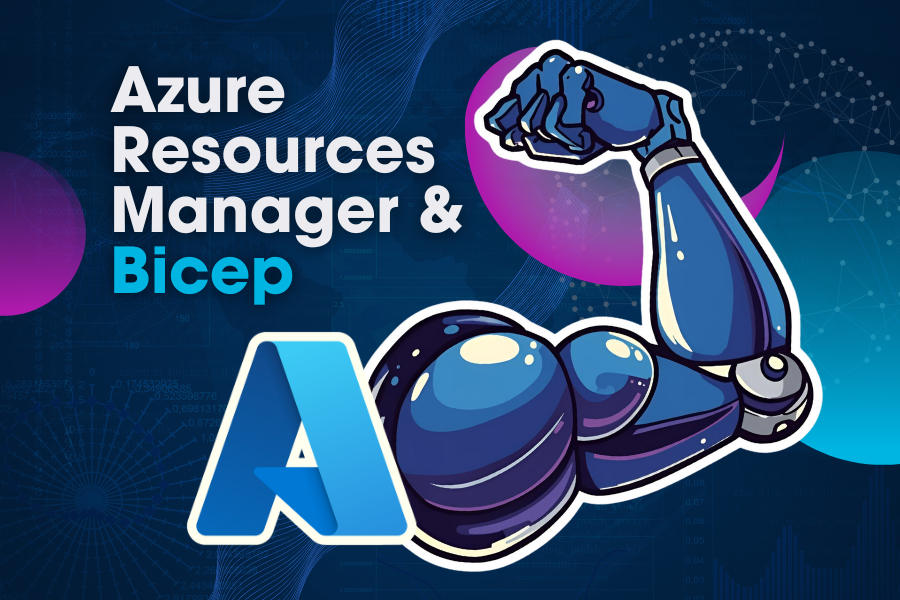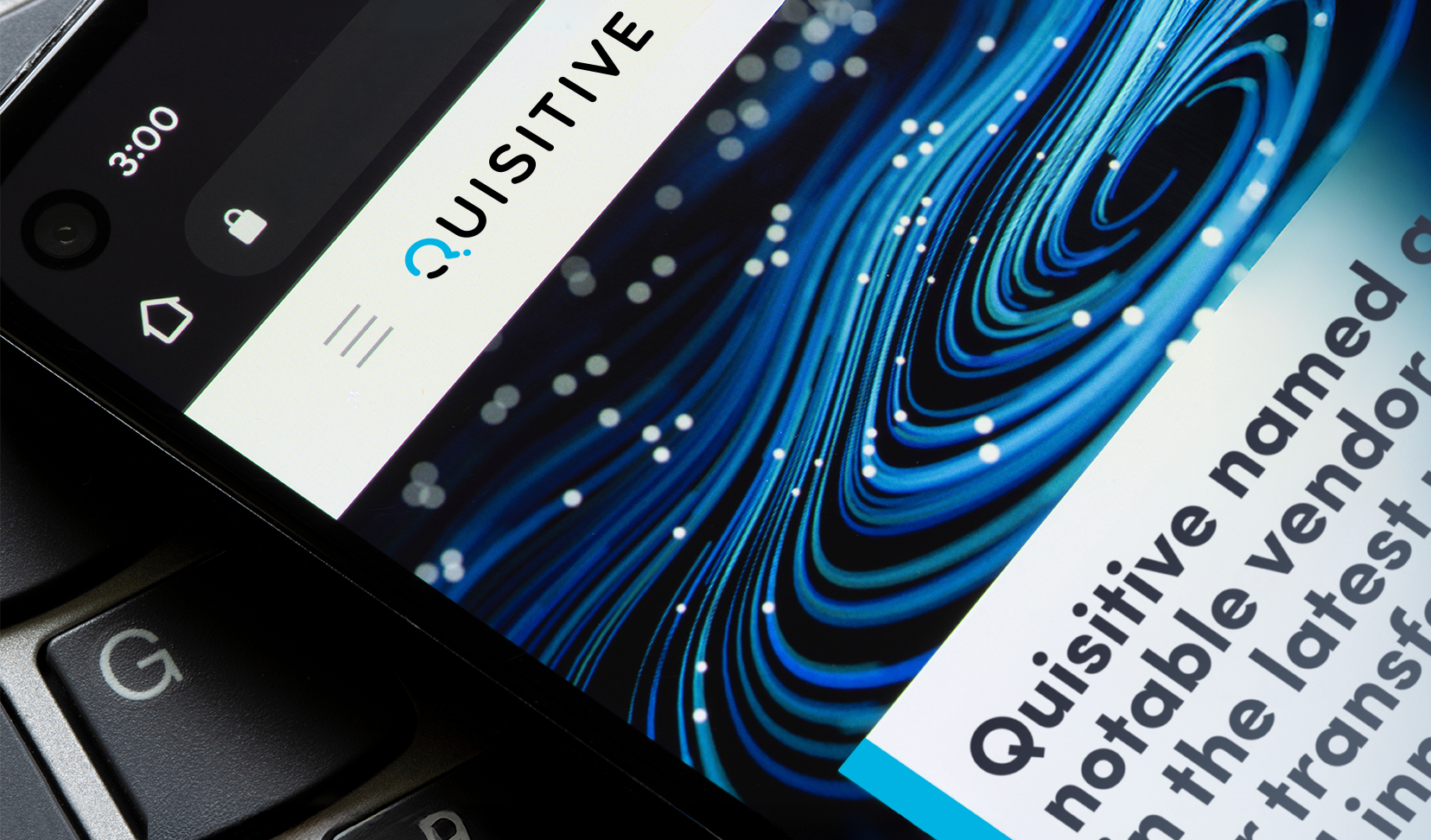Automation is no longer a luxury—it’s quickly becoming a survival requirement. As organizations strive to do more with less, automation has become a cornerstone of digital transformation, enabling scalability, consistency, and efficiency across IT and business operations. Microsoft has invested deeply in automation tools and technologies, offering a rich ecosystem of tools that span low-code platforms, cloud-native services, scripting environments, and even AI-driven decision-making.
This is the first blog in a series that explores the Microsoft automation landscape, highlighting the major players, supporting technologies, and practical use cases. Whether you’re an IT pro, developer, business analyst, or enterprise architect, there’s something here for you.
Major Players in Microsoft Automation
This series will focus on the core automation tools and platforms that form the backbone of Microsoft’s strategy:
- Power Platform: Democratizes automation through low-code tools like Power Automate, Power Apps, and Power BI. Ideal for business process automation and citizen development.
- PowerShell: A scripting language beloved by IT professionals for automating administrative tasks across Microsoft services and beyond.
- Bicep: A domain-specific language (DSL) for Infrastructure as Code (IaC) in Azure. Enables repeatable, declarative deployments of cloud resources.
- Azure Functions: A serverless compute service that enables event-driven automation using code. Perfect for developers building scalable workflows.
- Azure Automation: Cloud-based service for automating tasks like VM management, patching, and configuration using runbooks and Desired State Configuration.
- Agentic AI (or Agentics): Microsoft’s AI-driven automation engine that brings intelligent decision-making into workflows, enhancing traditional automation with predictive capabilities.
This series will also explore how Quisitive has built upon Azure Automation over the past decade, extending its capabilities to deliver a more scalable, enterprise-ready automation solution.
- Quisitive’s Cloud Automation Platform: Quisitive’s Cloud Automation Platform (CAP) builds on the strong foundation of Microsoft Azure Automation to deliver an enterprise-ready automation experience. CAP introduces advanced capabilities that streamline automation at scale, improve reliability, and provide greater transparency—laying the groundwork for enhanced governance, flexibility, and operational resilience.
- Supporting Cast: Minor but Mighty Microsoft Tools: While the major players get most of the spotlight, Microsoft’s automation ecosystem includes several powerful supporting tools:
- Azure Logic Apps: A low-code/no-code platform for building workflows that integrate apps, data, and services. Ideal for B2B scenarios and hybrid automation with Power Automate and Azure Functions.
- Azure App Service WebJobs: Enables background job automation using scripts like PowerShell or Python within App Services. Offers more control than Azure Functions in certain scenarios.
- Azure DevOps Pipelines: Automates CI/CD workflows, testing, and deployments. Essential for DevOps-driven automation and IaC practices.
- Azure Monitor + Action Groups: Facilitates alert-driven automation, triggering runbooks or Logic Apps when thresholds are met. Supports proactive remediation and self-healing systems.
- Azure Policy: Automates governance by enforcing compliance across Azure resources. Can automatically remediate non-compliant configurations.
- Azure Event Grid: Enables event-driven automation across services, allowing for loosely coupled, scalable architectures.
- Azure Site Recovery Automation: Orchestrates disaster recovery processes, ensuring business continuity.
- Dynamics 365 Workflows: Automates business processes within CRM and ERP systems.
- Desired State Configuration (DSC): Maintains system configurations in a defined state, ensuring consistency across environments.
- Automanage: Simplifies VM management by automating best practices for operations, security, and compliance.
- System Center Orchestrator (SCORCH): A legacy tool still used in hybrid environments for workflow automation.
How These Microsoft Tools Work Together
Microsoft’s automation tools are designed to be modular and interoperable. For example:
- Hybrid workflows: Combine Logic Apps with Azure Functions for low-code orchestration and custom logic.
- Governance integration: Use Azure Monitor and Policy to trigger automated remediation.
- DevOps synergy: Deploy infrastructure using Bicep through Azure DevOps Pipelines.
- AI augmentation: Enhance workflows with Agentic AI for intelligent routing and decision-making.
This interconnectedness allows organizations to build automation solutions that are both flexible and scalable.
Use Cases Across the Automation Spectrum
Automation can be applied across a wide range of scenarios:
- IT Operations: VM provisioning, patching, compliance enforcement.
- Business Processes: Approvals, data synchronization, CRM workflows.
- Cloud Infrastructure: Infrastructure as Code (IaC) deployments, disaster recovery orchestration.
- DevOps: Continuous Integration (CI)/Continuous Deployment (CD) pipelines, automated testing, and release management.
- AI & Decision Automation: Predictive actions, intelligent routing, anomaly detection.
What’s Coming in the Series
This series will dive deeper into each major automation platform, with insights from several Quisitive subject matter experts:
- Power Platform
- Azure Functions
- Bicep
- PowerShell
- Azure Automation
- Quisitive’s Cloud Automation Platform
- Automation and Agentic AI
Each post will explore practical applications, integration strategies, and real-world examples to help you make informed decisions.
Closing Thoughts
Microsoft’s automation ecosystem is vast, powerful, and constantly evolving. Whether you’re just starting your automation journey or looking to optimize existing workflows, understanding the landscape is key.
We invite you to follow this series, share your thoughts, and explore how automation can transform your organization. If you’re interested in learning more or collaborating, reach out to the Quisitive team—we’d love to connect.

;)



